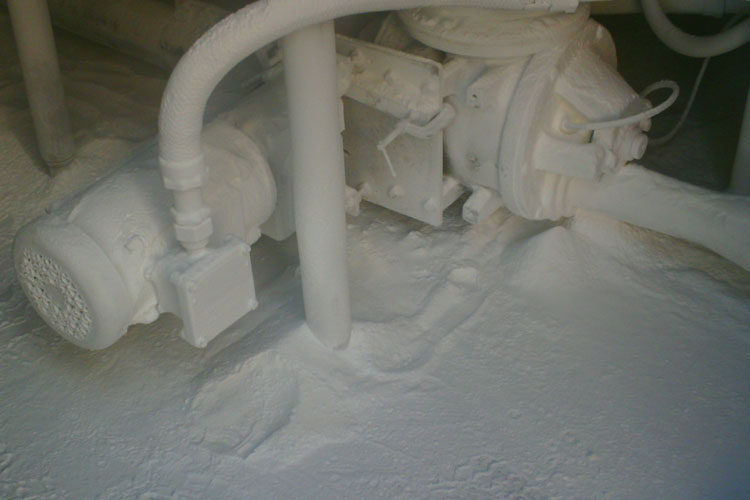Flour dust is a risky substance. Those working in banking-related jobs may breathe-in flour dust when it becomes airborne. Flour dust irritates the respiratory tract ones it’s inhaled and causes occupational asthma, commonly referred to as baker’s asthma. The health problems can develop over 30 years. Flour dust can also cause an explosion.
How Workers are Exposed to Flour Dust
Workers in a baking facility constantly handle flour. These are some of the activities that cause huge amounts of flour to be suspended in the air:
- Dusting the flour onto baking surfaces
- Loading flour and other ingredients into the mixers
- Dry sweeping
- Disposing of empty bags
Large operations create a lot of airborne flour dust. These large operations are:
- Grinding mills
- Commercial bakeries
- Packaging plants
The Risks
Flour dust causes these two main dangers:
- Inhalation
- Combustion and explosion
Flour is harmful when inhaled and can cause a number of respiratory ailments such as shortness of breath, sneezing, runny nose and eyes etc. long-term exposure causes occupational asthma better known as baker’s asthma.
Flour is an organic matter and is combustible if ground into fine particles. It the fine flour particles are left to collect and in a confined area, a simple spark can cause a huge explosion.
How to Reduce These Risks
Elimination or substitution – if a different process can be used to generate less flour dust, it should be implemented immediately.
Engineering controls – make physical changes that cut exposure by installing a dust extraction system, improving ventilation and using an approved vacuum cleaner for cleaning.
Administrative controls – develop an exposure control plan for flour dust, post warning signs in the operation area, post safety rules to cut the spread of dust and clean regularly.
Personal Protective Equipment (PPE) – make sure that workers have the right respirators for use during short-term tasks such as cleaning. Check the respirators to make sure they are in good working condition.













